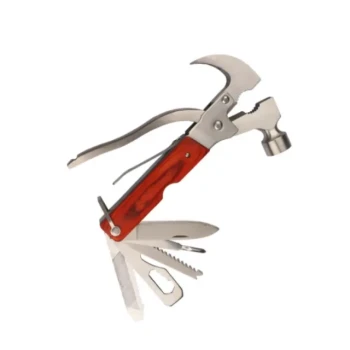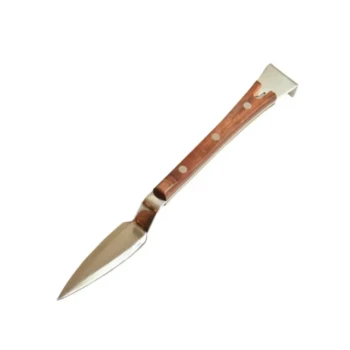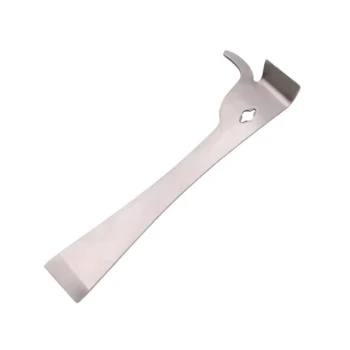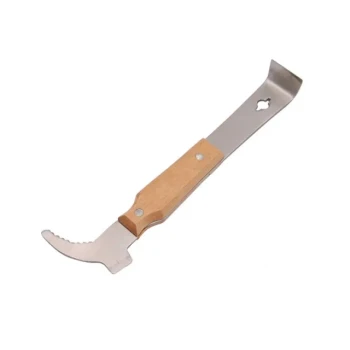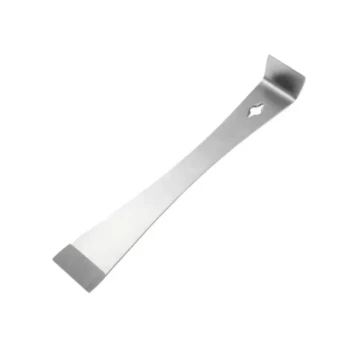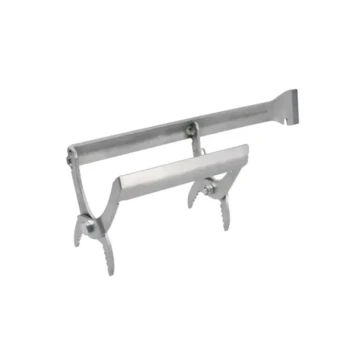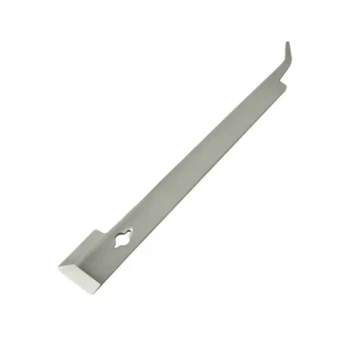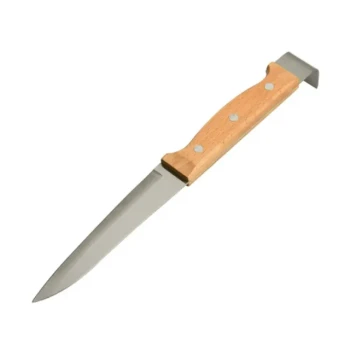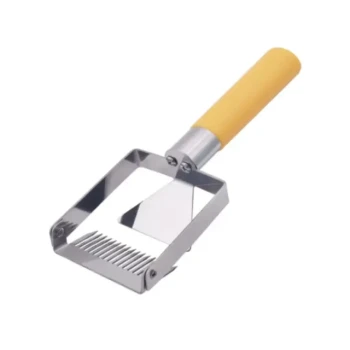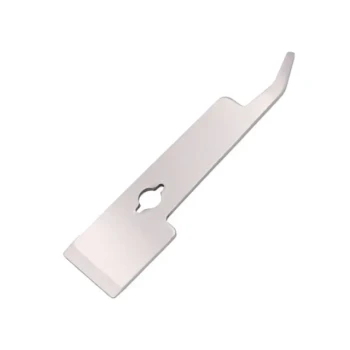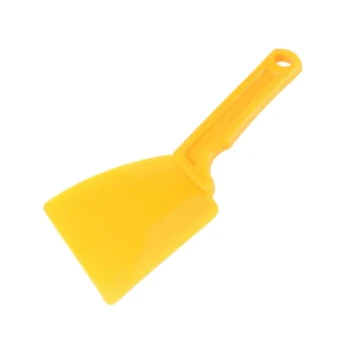To properly prepare a brood frame for grafting, you must gently remove the nurse bees and immediately protect the frame from the open air. The entire process is a race against time to prevent the delicate, newly-hatched larvae from drying out or suffering from physical shock.
The success of your grafts is determined before you even pick up a grafting tool. The core objective is to transfer the frame from the protective environment of the hive to your grafting station while perfectly preserving the viability of the chosen larvae by managing humidity, temperature, and physical handling.
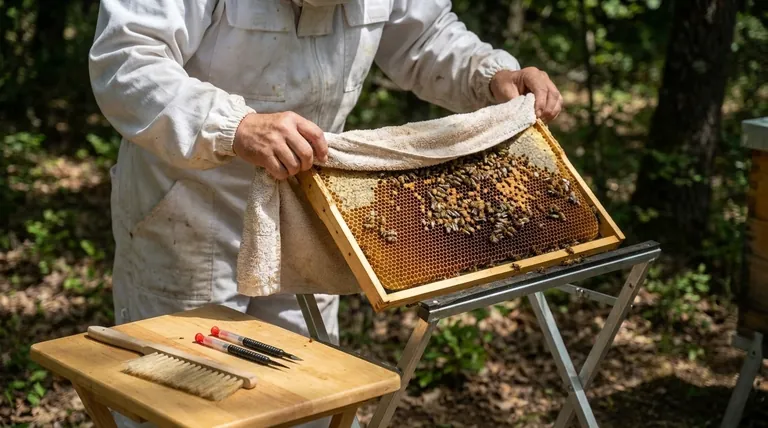
The Guiding Principle: Protecting Larval Viability
A honey bee larva is incredibly fragile in its first 24 hours of life. It consists of little more than delicate tissue floating in a bed of royal jelly. Exposing it to open air, rough handling, or temperature swings can cause irreversible damage and ensure the graft fails.
Step 1: Gently Clear the Frame of Bees
Once you have identified your chosen breeder frame with larvae of the correct age, you must remove the adult bees.
Your only tool for this should be a soft bee brush. Brush the bees off the frame with gentle, deliberate strokes. Aggressive shaking or bumping the frame can dislodge the larvae from their royal jelly bed, killing them instantly.
Step 2: Maintain Critical Humidity
The moment the frame leaves the hive's 95% humidity, the larvae begin to dry out. This is the single greatest threat to your success.
To combat this, you must drape a damp (not dripping) towel over the frame immediately after brushing off the bees. This creates a high-humidity micro-environment that protects the larvae during transport to your grafting area.
Setting Up Your Grafting Station
Your preparation is not complete until the frame is securely positioned for the grafting work itself. Comfort and visibility are key to performing the delicate task efficiently.
Position for Optimal Lighting
Place the frame where good light falls directly into the cells, allowing you to easily see the tiny, c-shaped larvae.
Avoid positioning yourself in a way that creates shadows over the cells. Good visibility prevents you from having to probe or repeatedly attempt to scoop a larva, which reduces the chance of injury.
Critical Pitfalls to Avoid
Many failed grafts are the result of poor frame preparation, not poor grafting technique. Understanding these common mistakes is essential for building a reliable process.
Working in Direct Sunlight or Wind
Never prepare a frame or graft in direct sunlight or a breeze. The sun can quickly overheat and desiccate the larvae, while wind dramatically accelerates the drying process, even if you are using a damp towel. Always work in a sheltered, shaded location or indoors.
Rushing the Bee Removal
While speed is important, gentleness is paramount. Vigorously shaking bees off a frame is a common practice for honey extraction, but it is disastrous for a grafting frame. The physical shock will kill a significant percentage of the most desirable, youngest larvae.
Using a Dry Towel or No Towel
Forgetting the damp towel or using a dry one negates the most important protective measure. A dry frame exposed to open air for even a few minutes can lead to a near-total failure of your grafts.
Making the Right Choice for Your Goal
Your preparation technique is the foundation of your queen-rearing success. Your approach should align with your primary objective.
- If your primary focus is maximum graft acceptance: Prioritize meticulous, gentle handling and perfect environmental control above all else, even if it takes a few extra moments.
- If your primary focus is grafting in large quantities: Develop a streamlined workflow where the frame is never uncovered for more than a few seconds at a time, moving from hive to damp towel to grafting station without any delay.
Ultimately, how you handle the frame before you begin grafting has a direct and profound impact on your results.
Summary Table:
| Step | Key Action | Purpose |
|---|---|---|
| 1 | Gently brush off nurse bees | Prevents physical shock to delicate larvae |
| 2 | Immediately drape with a damp towel | Maintains critical humidity to prevent larval desiccation |
| 3 | Position frame under optimal lighting | Ensures clear visibility for accurate, efficient grafting |
Ready to Elevate Your Queen-Rearing Success?
Proper frame preparation is the foundation of high graft acceptance rates. As a commercial beekeeper or equipment distributor, your efficiency and yield depend on reliable, high-quality supplies.
HONESTBEE supplies the essential beekeeping equipment—from gentle bee brushes to durable grafting tools—that commercial apiaries trust for their large-scale operations. Let us help you streamline your workflow and maximize your results.
Contact our wholesale team today to discuss your specific needs and discover how our products can support your success.
Visual Guide

Related Products
- Black 2 Pack Beekeeper Queen Grafting Tool for Bee Queen Larva Transferring Needle
- Plastic Chinese Queen Grafting Tool for Bee Queen Rearing
- Stainless Steel Beekeeping Queen Grafting Tool for Honey Bee Rearing
- Double Head Beekeeping Grafting Tools for Beekeepers
- HONESTBEE 15-in-1 Beekeeper Multi-Tool with Hammer and Pliers for Beekeeping
People Also Ask
- What is the purpose of grafting in queen bee production? Scale Your Apiary with Superior Genetics
- When do queens emerge after grafting? Master the 12-Day Critical Window
- What is the purpose of a queen grafting tool in beekeeping? Master Larva Transfer for Selective Breeding
- What happens if a larva is grafted too late? Avoid Scrub Queens and Failed Rearing
- What conditions should be avoided during grafting? Protect Your Queen Cells from Common Pitfalls




